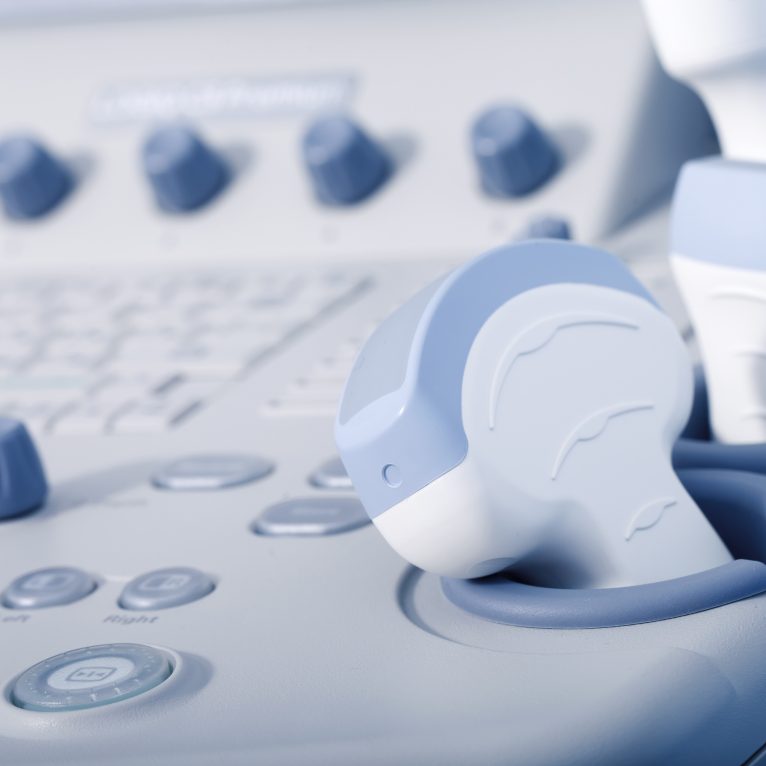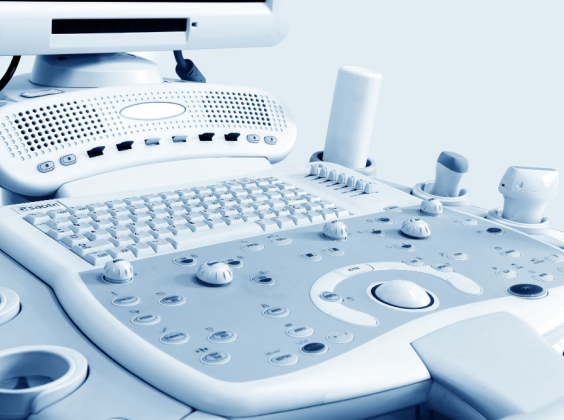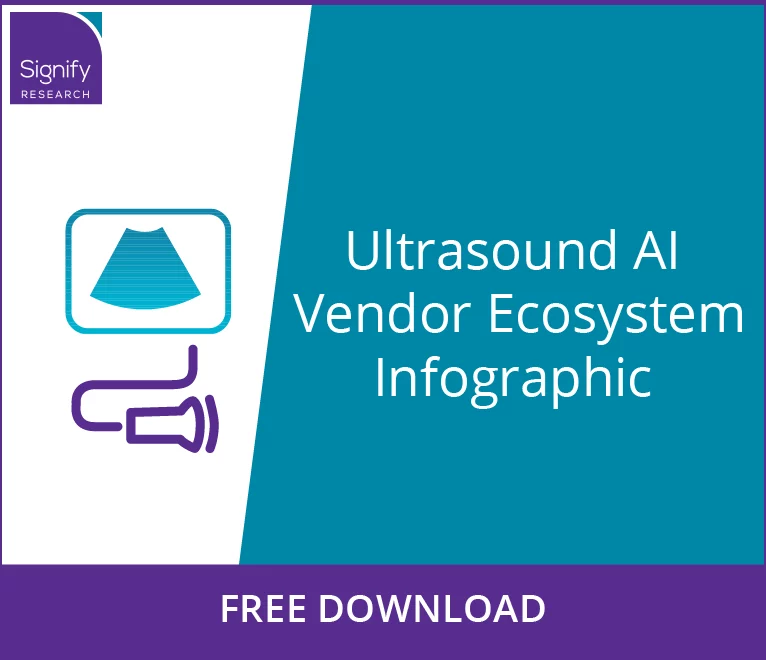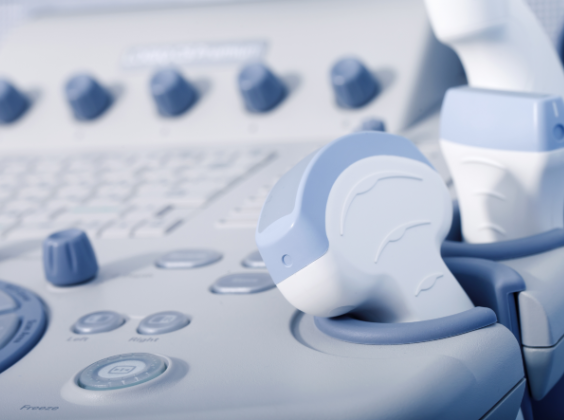
Get in touch
Contact usMustafa joined Signify Research in 2020 as part of the Medical Imaging team covering the ultrasound market, including the ultrasound equipment, ultrasound transducers and ultrasound AI markets. Prior to that he obtained a PhD in Pharmacy and Physiology from the University of Kent and has three years of post-doctoral experience working on optimising healthcare for genetic Cardiac diseases. In his spare time, he has a passion for sport and fitness and spending time with his wife and family.





